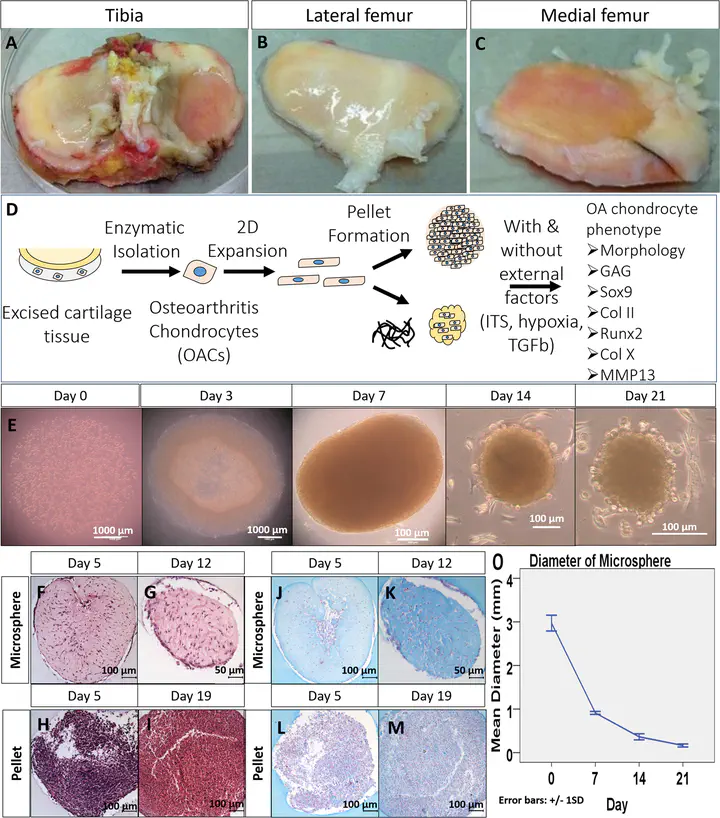New Book Chapter: Cell-derived matrices (CDM)—Methods, challenges and applications

Extracellular matrix (ECM) provides both physical support and bioactive signals such as growth factors and cytokines to cells at their microenvironment or niche. Engineering the matrix niche becomes an important approach to study or manipulate cellular fate. This work presents an overview on the reconstitution of the ECM niche through a wide range of approaches ranging from coating culture dish with ECM molecules to decellularization of native tissues.
Check out the published book chapter here: https://doi.org/10.1016/bs.mcb.2020.01.001
Abstract
Extracellular matrix (ECM) provides both physical support and bioactive signals such as growth factors and cytokines to cells at their microenvironment or niche. Engineering the matrix niche becomes an important approach to study or manipulate cellular fate. This work presents an overview on the reconstitution of the ECM niche through a wide range of approaches ranging from coating culture dish with ECM molecules to decellularization of native tissues. In particular, we focused on reconstituting the complex ECM niche through cell-derived matrix (CDM) by reviewing the methodological approaches used in our group to derive ECM from mature cells such as chondrocytes and nucleus pulposus cells (NPCs), undifferentiated stem cells such as mesenchymal stem cells (MSCs), as well as MSCs undergoing chondrogenic and osteogenic differentiation, in 2D or 3D models. Specific attention has also been given to key factors that should be considered in various applications and challenges in relation to the CDM. Last but not the least, a few future perspectives and their significance have been proposed.